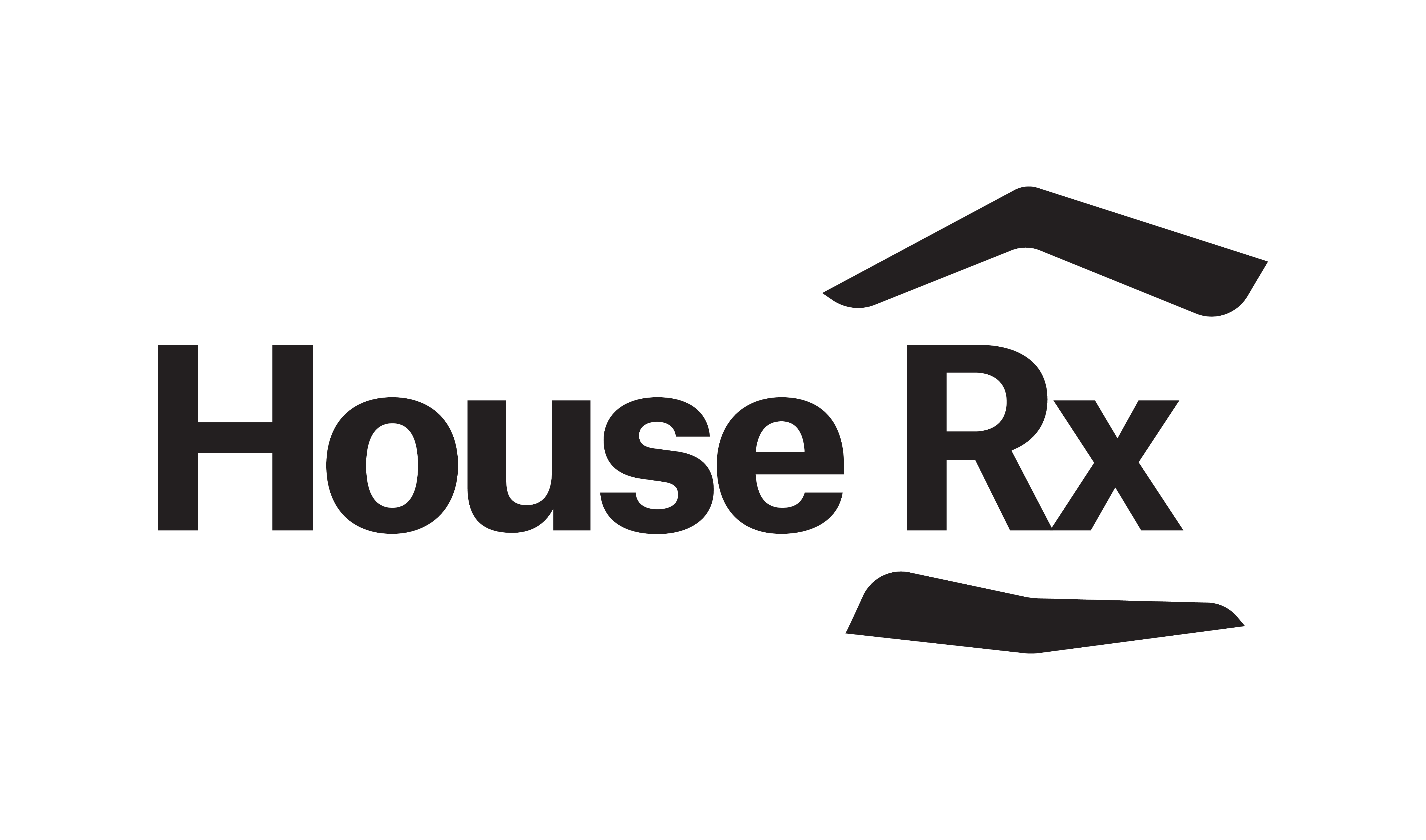
Expert Discusses The Role of Medical Dispensing in Reducing Health Equity Concerns

Tesh Khullar, co-founder and president of House Rx, discusses how social determinants of health can impact time to treatment initiation.
In a Pharmacy Times interview, Tesh Khullar, co-founder and president of House Rx, discussed how social determinants of health can impact time to treatment initiation.
Q: How do social determinants of health impact time to treatment initiation? And how can a system that doesn’t rely on specialty medications dispensed via mail address this issue?
Tesh Khullar: Without medical unit dispensing, we're really trying to focus on around the socioeconomic barriers of care, and part of that is financial. One of the biggest problems that we're seeing is that wherever cancer centers. or different kinds of private practices, are, that's not where everyone lives and getting them. It's a big problem.
Also just the financial cost of these drugs is a major barrier to even starting treatment, which we know a lot of patients can’t even afford it. One of the biggest things that we provide, all of our provider customers, is we do all the preauthorizations, we do all the patient systems, and we make sure that they are able to get their therapy faster. That's the key.
If we have to courier to them, we're going to courier to them. We have to get it to them in any way possible. We want to do that because financial reasons should not be why people are not able to get on care regardless of what type of problem that they have. It's a big issue we're trying to address.
Q: Why should health plans move away from the traditional mail order to medically integrated dispensing?
Tesh Khullar: We think it's best for the patient. I'll use oncology as an example. Oftentimes, regimens are given with IV plus oral therapy. If they're getting their IV therapy, then they have to wait weeks to get their oral therapy, it can really disrupt care. I always use the story of my mother when she was battling breast cancer, and everything was going great. She was getting her treatment at our community oncology practice.
But the moment she needed a red blood cell growth doctor, because oftentimes cancer patients do need a growth factor, she had to wait over 2 weeks to for her PBM to mail her the drug, and when she got it, she got a vial and a syringe. They told her to fill the syringe and inject it in the side of her stomach. She couldn't do that. So this idea that care can be given, whether it's oral or self-injectable with the IV care, we think is going to lead to better overall outcomes, and we're hoping that we can use data to prove that over time, which is why we're taking a really different kind of technology focus around medically integrated dispensing. Let's get the data, let's show that adherence and persistence is better if you enable providers to actually treat their patients at their practice.
Q: Can you speak on the use of medically integrated dispensing among PBM contracted pharmacies? What growth, if any, would you like to see here?
Tesh Khullar: We think there's a way to partner with PBM is on the commercial side. Now, I know that on a Medicare, Medicare Advantage side, because of any willing provider there, they're going to work with us. But we can show them that we can actually deliver better outcomes. I think they're going to want to work with us and in theories, PBMs make more money when more orals are being utilized. We don't we're not against that at all. All we care about is the mechanism of delivery.
Honestly, like I was saying earlier, no one's been able to actually bring them data to show that patients get on therapy paths or patients stay on therapy faster, and then the ultimate goal is to have the best outcomes if we can get and prove that we can deliver the better outcomes.
I think PBMs are going to want to partner with us in a way that's never been done before, which is why, oftentimes, people say are you looking at a PBM as your enemy? No, I think we should be looking at them as a way to find ways to partner with our providers and PBMs to do it in a way that's going to allow patients to stay with their doctors.
Q: What role can community oncology practices have in reducing risk of health equity concerns regarding oncology drug dispensing patterns?
Community oncology was always the trailblazer around what used to be called in office dispensing and the reason why they took onto it so much is because a lot of the drugs that were coming out for them were oral and self-injectables. One of the things that we want to take in community oncology has done so well is really kind of fight for the patient to have them stay at practice.
At House Rx, what we're really doing is kind of integrating their care with technology and the pharmacy team. Medically integrated dispensing, especially in oncology, has only really been available to larger practices, historically, because it takes a lot of scale to get higher a pharmacist, a pharmacy technician, and understand how to run an oral pharmacy.
With us, we think we can do it a lot more scale because we have our pharmacists, we have operations team, and really are that kind of hand that helps a doctor treat patients and have them stay with their community oncology practice.
We think community oncology is the foundation on what's going to be able to help make medically integrated dispensing the normal, in not only oncology, but all specialties.
Q: Is there anything you would like to add?
Tesh Khullar: I'm really excited about for the first time to kind of developing something, and for House Rx, for really taking the technology slant, because you know, what I learned from Flat Iron is if it's not connected to the EMR, it's not going to really be very viable. We looked at all the systems out there, and nothing was really talking to the EMR, nothing was really kind of a contemporary, making it easier for these providers to actually dispense. We decided to kind of work from the ground up create our own technology but use this idea that let's bring transparency with data into a marketplace that has been so opaque for a long time.
The big thing that we hear from the COA meeting is around DIR fees and PBMs. What people want to know what, Community Oncology really want to know is, tell us how you're measuring us. If we know who we're measured against, we can actually try to improve it and they've shown they can do this time over time again with OCM. They show they can reduce cost over hospitals.
I think it became shown and empower with transparency, kind of what we're measuring Community Oncology against, what they're going to see is a model that's going to be a lot more cost efficient, a lot more patient centric, and really helped drive the best outcome so I'm really excited to partner with Community Oncology.
Newsletter
Stay informed on drug updates, treatment guidelines, and pharmacy practice trends—subscribe to Pharmacy Times for weekly clinical insights.

















































































































































































































